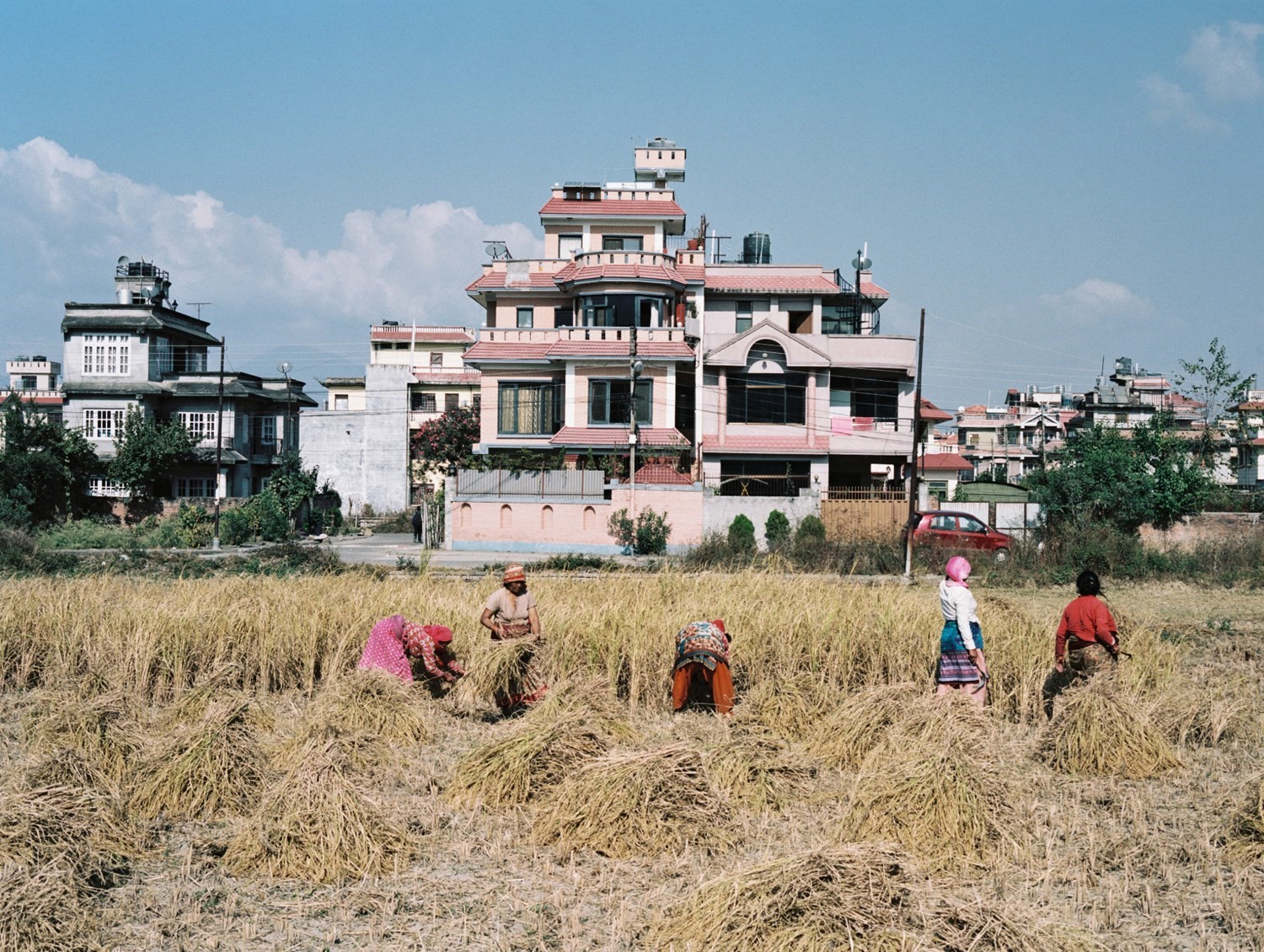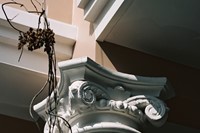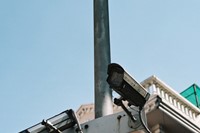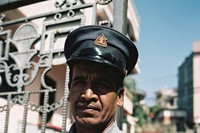As anyone familiar with the work of Nina Manandhar will attest, she’s a photographer capable of injecting personality and curiosity into every image she takes, whether or not there’s an actual person in the frame. Her most recent series is exemplary of that knack, unlocking fascinating societal stories from the strange pink-hued palace-like monuments within the Housing Colonies of Kathmandu, a network of gated communities that have popped up in the last 10 to 15 years in the valley. “They reflect a shift in housing in the city, and the emergence of a formal housing market in the country,” says Manandhar.
The photographer first spotted these buildings on a trip to Nepal around three or four years ago. “I saw that pink one that looks really palatial,” she says, “so I went and took some snaps and planned it a little… I’m half Nepalese, and tend to go every few years, so whenever I go back I can really notice these changes in the place. Every time I go I discover something else about it, so I wanted to investigate this idea of a gated community. They’re places for a growing middle class, or a new class of people in a way.
“Kathmandu is a really hectic and exciting city, there’s a real buzz to it, but there aren’t many places you can find calm. I guess they’ve tried to build these places as an oasis away from the hecticness of the city.”
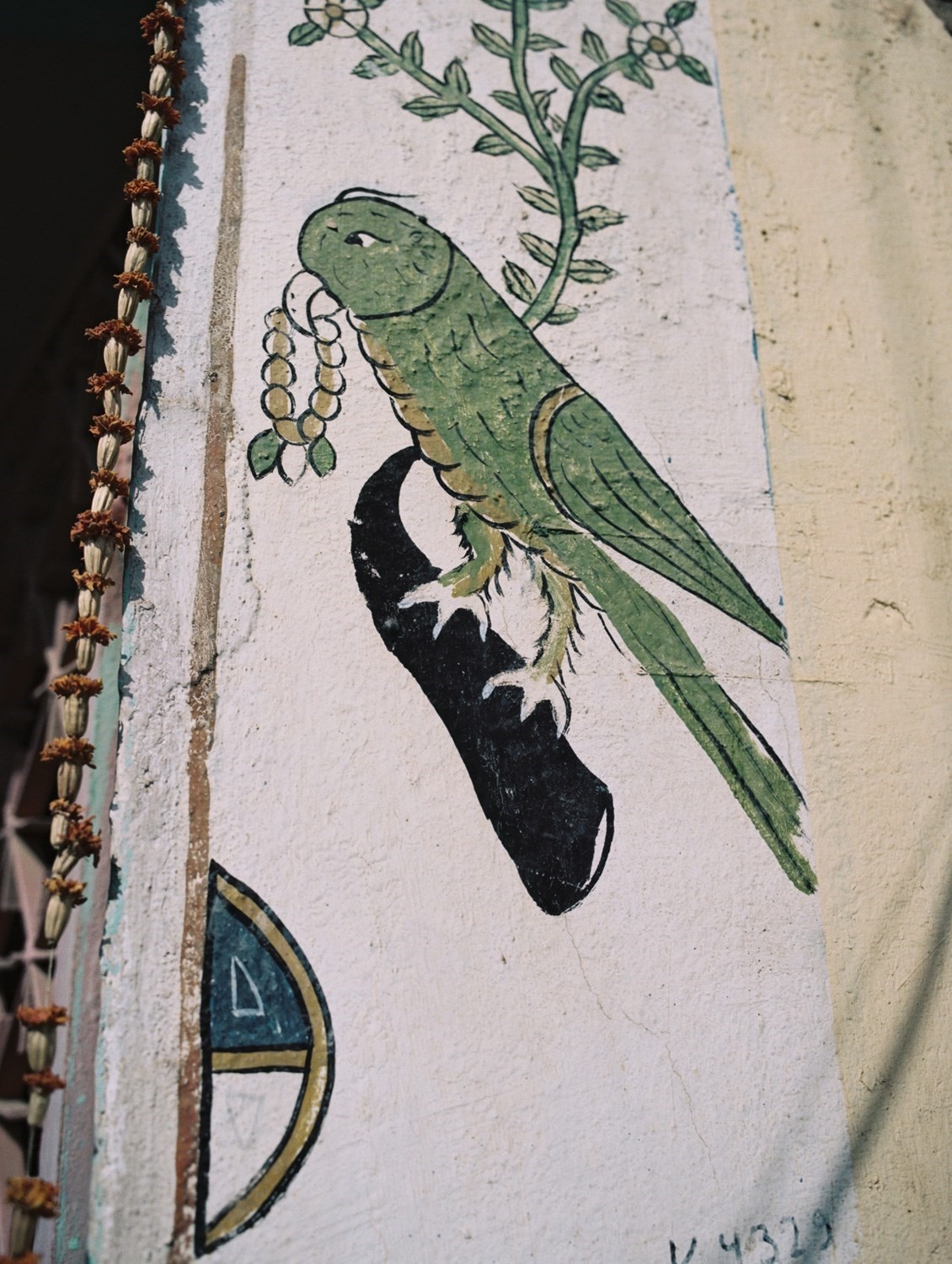
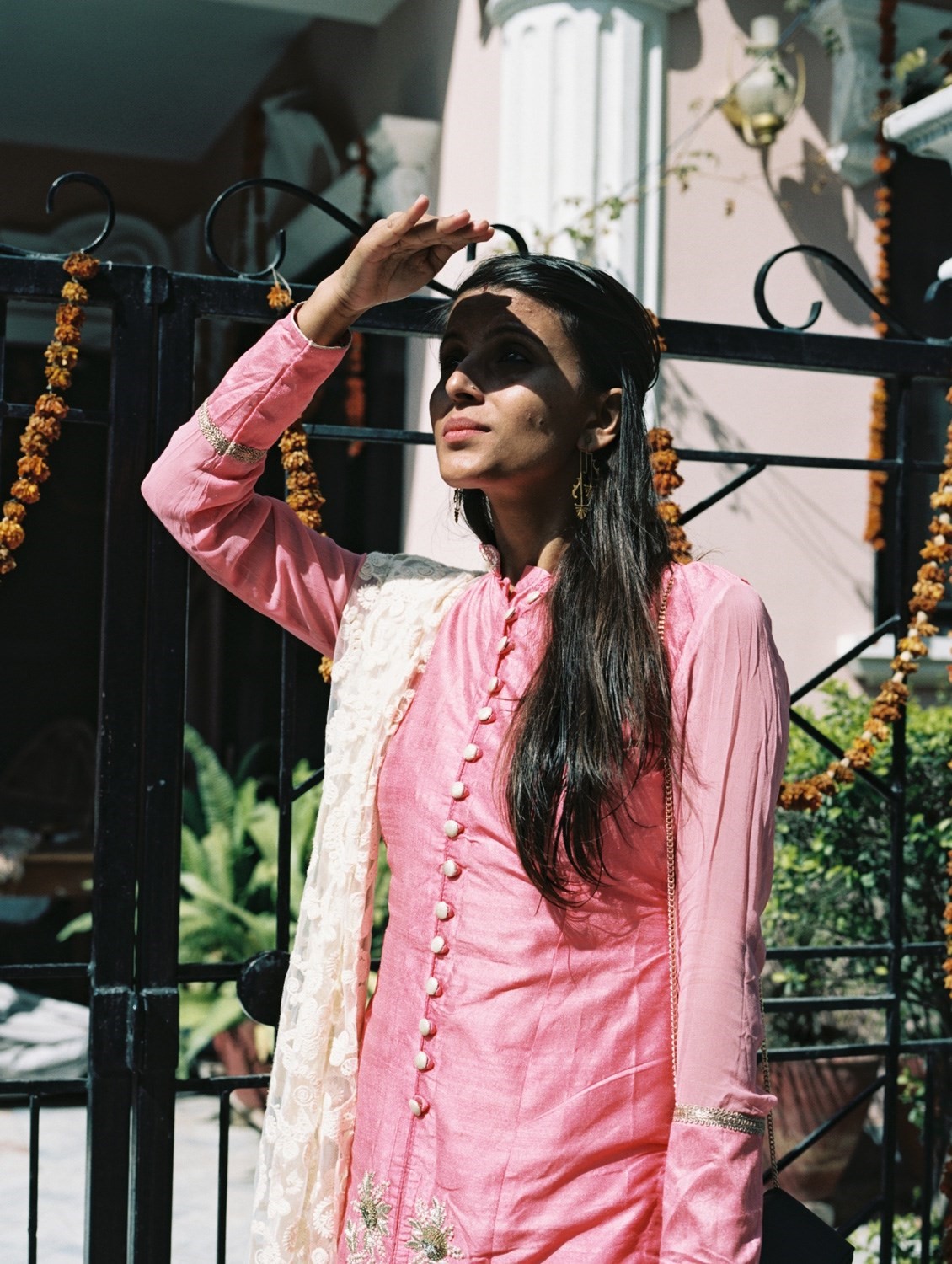
This newer sort of housing also marks a shift away from the traditional Nepalese way of living multi-generationally: it isn’t unusual to find grandparents, parents, uncles, cousins and their spouses all in one house. “I’m interested in the idea of how people can build communities,” says Manandhar. “The nature of these as gated communities means that by definition you’re keeping certain people out, and there’s much more security. Some of them look like castles – they often feel very American, there’s even a moose at the front of one of them. It’s interesting how the valley’s changed and how cities change generally.”
The images in the series have a beautiful duality to them; they feel staged but also immediate, in what is doubtless the result of intense prep and planning ahead of the shoot. Manandhar worked with the Nepali organisation Photo Circle, which also runs the Nepali Picture Library, on research; they hooked her up with an assistant who helpfully had a motorbike so that the pair could zip around between the four colony sites they ended up shooting. Another person Manandhar credits in helping the series into fruition is her uncle, Shridhar Manandhar, a photographer in Nepal: “He’s now in his late 70s but has an amazing archive, and always inspires me to shoot when I’m in Kathmandu,” she says.
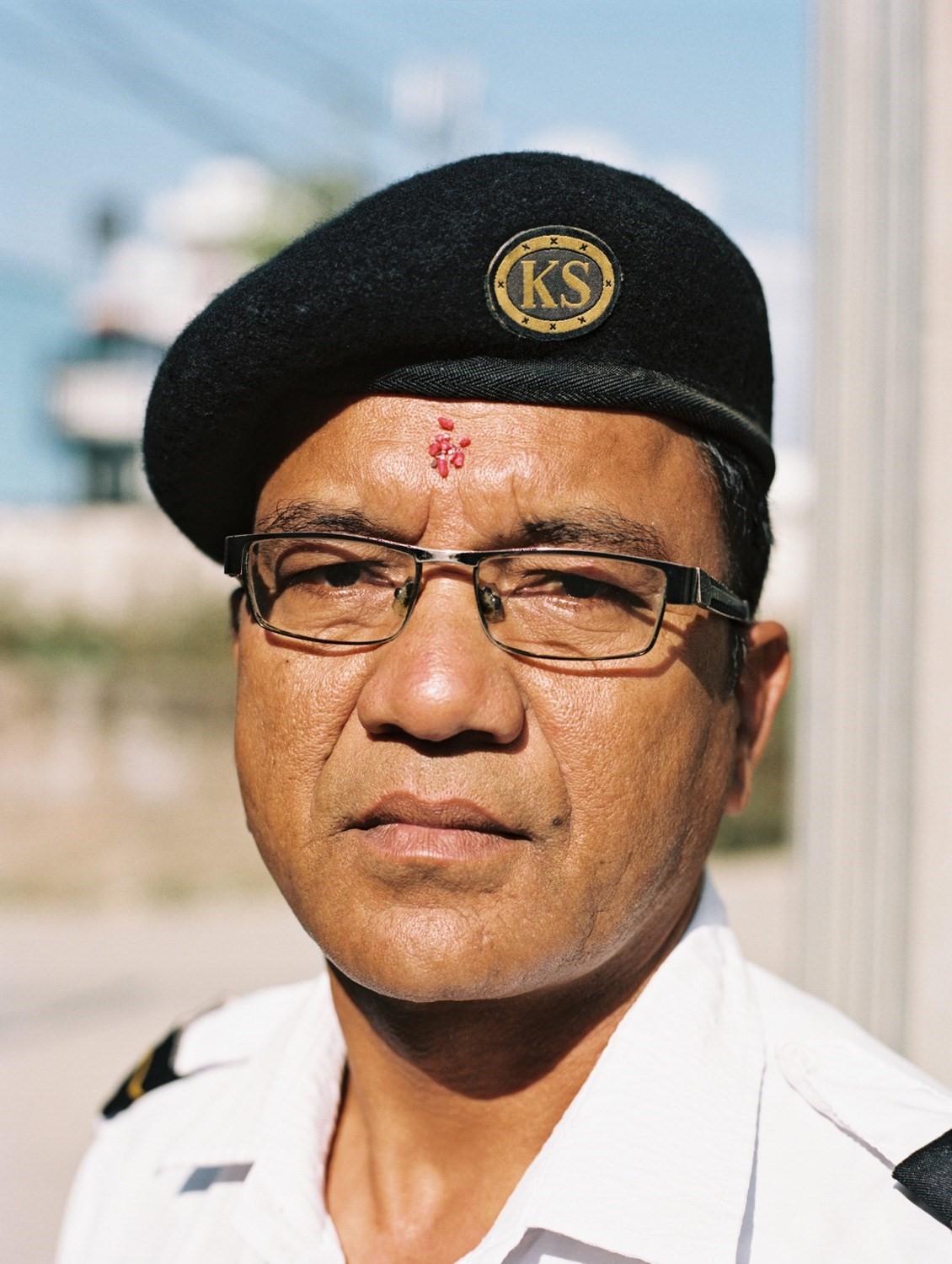
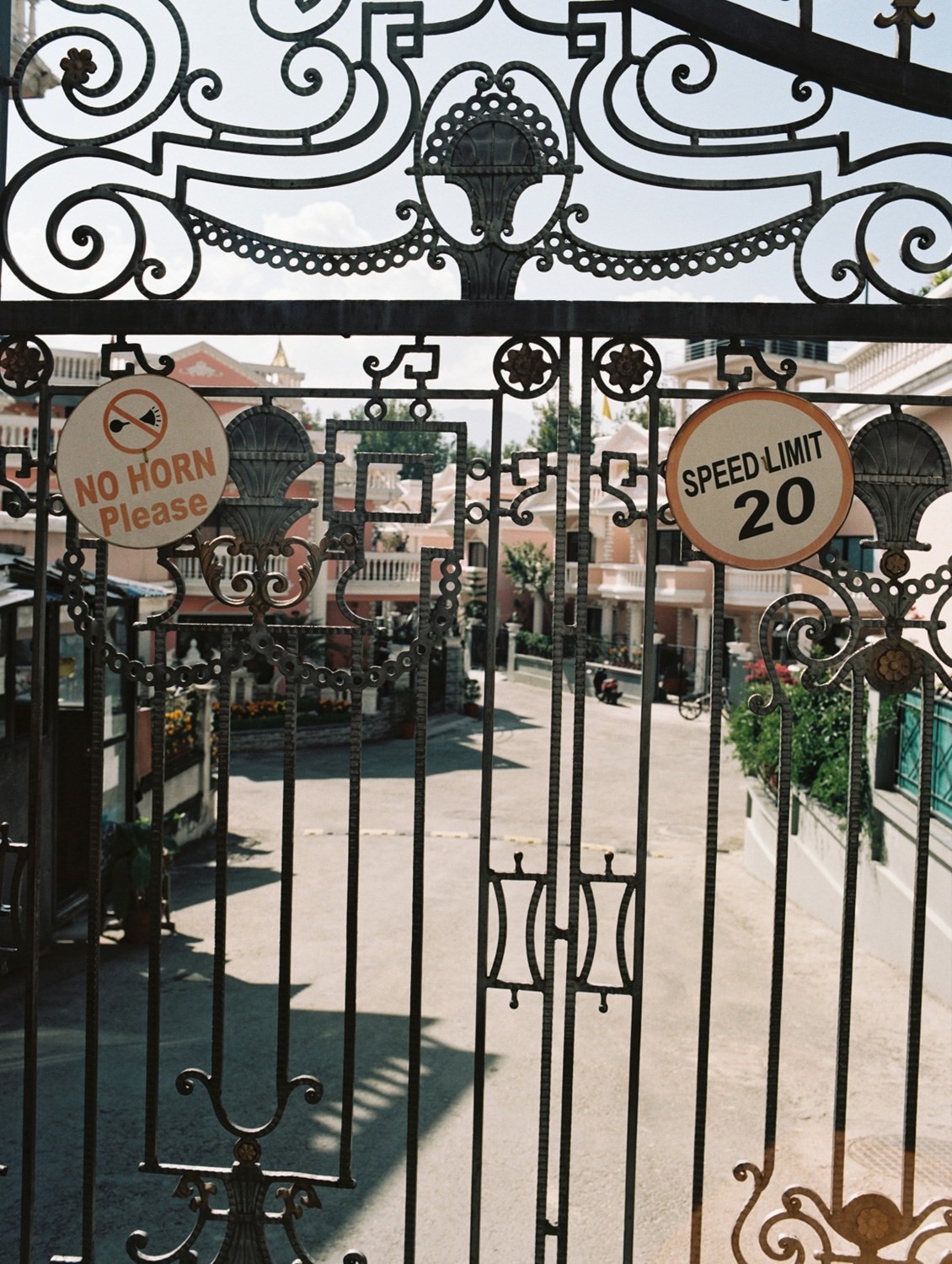
Aside from the strange Disney-like architectural flourishes, what’s really compelling about the series is the portraits – a half-smiling man with rose-tinted reflective sunglasses; a security guard belying the seriousness of her uniform with lipstick and a nose ring; a stern-looking lady surveying the world from behind a gleaming bannister. So how does a photographer go about getting the trust of these near-strangers? “I speak a bit of Nepali but it’s very very limited, so I would speak to people with my assistant,” Manandhar explains. “I’d hate to go somewhere and not engage with people. You just get a vibe and make people comfortable: essentially you’re a stranger when you go in, so you have to build up rapport.
“I almost think if I’d have been a Nepalese photographer they would have been more suspicious, but because I was coming from the outside it benefitted me being an outsider. Usually it’s the other way round. People were just a bit confused as to why I wanted to take those pictures!”
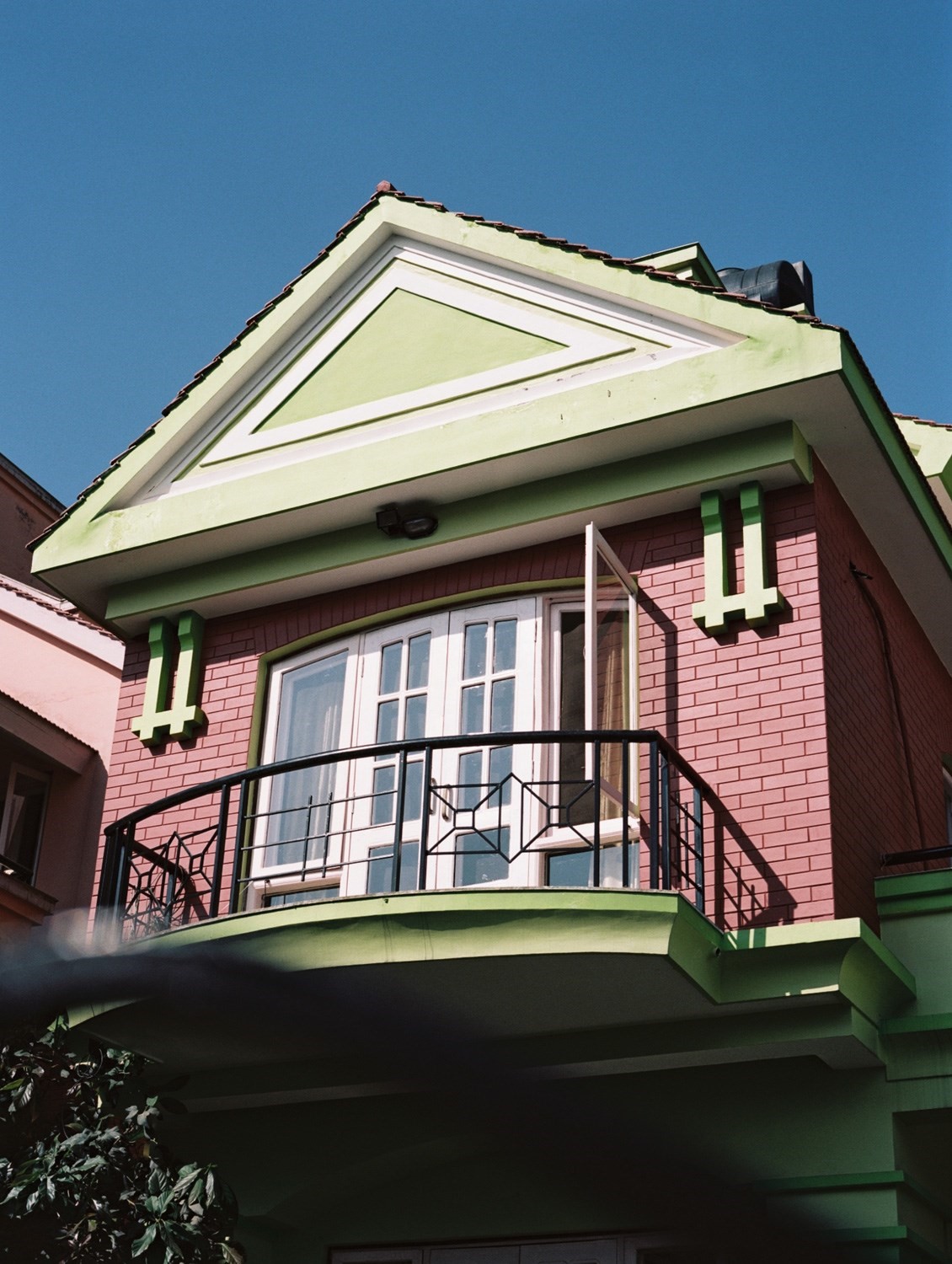
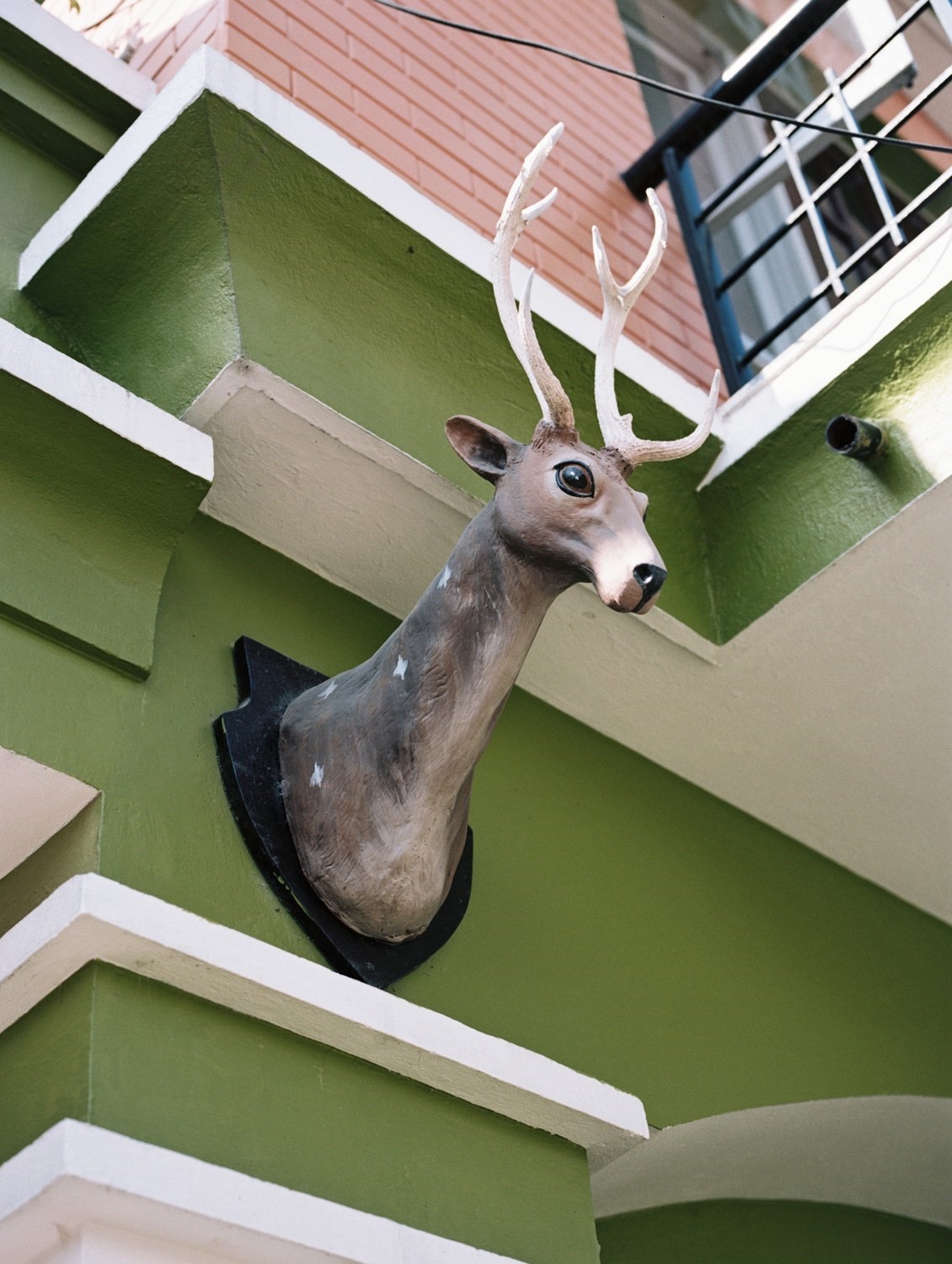
That outsider status is perhaps what makes these images so fascinating; there’s a slightly surreal, soap opera edge that’s smoothed out by the sense of humanity in each face and building. What seems to have struck Manandhar most about the series as a whole was how, wherever you are in the world, things really aren’t so different. “I’m also doing a project about the Thamesmead estate [in south London], and I was interested in the parallels between that project and Kathmandu. There’s something so interesting in the extent to which urban planning can determine how people live their lives.
“I hope from seeing the images people see something a bit different to what they’d expect from photographs of Kathmandu; and that it highlights broader questions around how we think about housing, community, and personalisation.”
